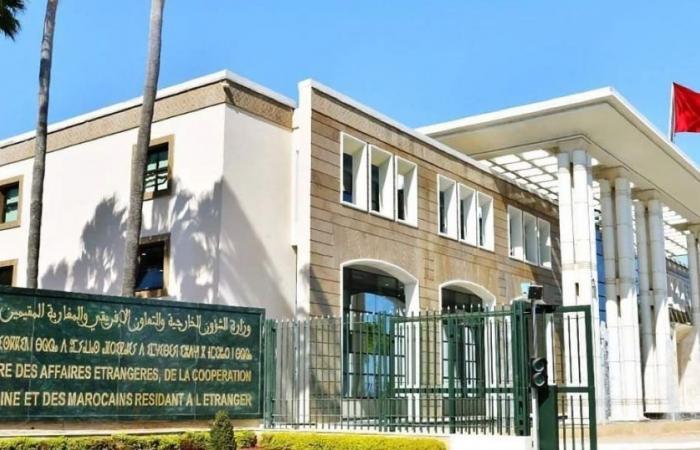Remittances to Morocco increased by 5.2% to reach $11.8 billion in 2023, and the country remains the second largest recipient of remittances in the region, after Egypt. This is what emerges from the new edition of the World Bank’s information note on migration and development “Remittances Slowed in 2023, Expected to Grow Faster in 2024” taken up by the daily The Economist in its edition of Friday, June 28.
«Remittance flows to the country have consistently outpaced FDI flows and have been a vital part of the Moroccan economy, accounting for 8.2% of the country’s GDP. The pace of remittances from Moroccans abroad remained strong throughout 2023, particularly after the Al Haouz earthquake», lit-on.
These data are consistent with the findings of studies that demonstrate the countercyclical nature of remittance flows, which tend to increase following natural disasters in migrants’ countries of origin, according to the study authors.
In 2023, remittances to the Middle East and North Africa fell by 15% to $55 billion, mainly due to lower flows to Egypt. The disparity between official and parallel exchange rates likely steered remittances toward informal channels, L’Economiste explains.
Economists have also observed a rebound in official flows to Egypt after the unification of exchange rates in March 2024. Migration remittances between countries in the region have been affected by the slowdown in growth in the GCC countries. . Overall, remittance flows to the region are expected to show a moderate increase of 4.3% in 2024, and another 5.5% gain in 2025. Finally, the cost of sending $200 in the region stood at 6.2% on average, compared to 6.7% a year earlier.
Overall, remittances to low- and middle-income countries slowed in 2023, reaching €656 billion, after growing strongly in 2021-22. This modest increase of 0.7% reflects the wide disparities in regional growth, but remittances remain a key source of external financing for developing countries in 2023, supporting the current account of several countries struggling with food insecurity and debt problems. In 2023, remittances exceeded foreign direct investment and official development assistance.






